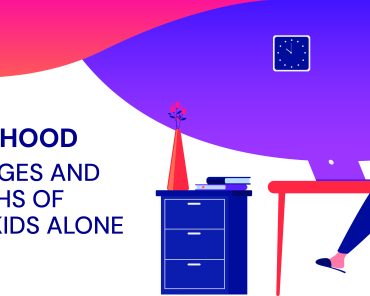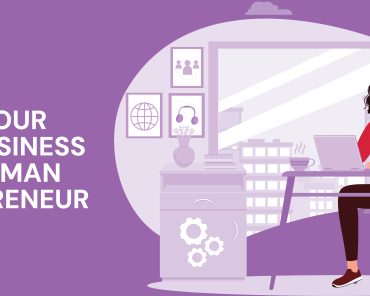By ayoti
Overcoming Implicit Bias: How Women Can Navigate Unconscious Stereotypes at Work
Implicit bias refers to attitudes or stereotypes that affect understanding, actions, and decisions that are unconscious to the individual. These biases can define organizational culture and environment and thus affect who gets hired and promoted and how people work together.
Women are often considered in a different way, which makes a weak point of an implicit bias because they are stuck within stereotyped expectations that do not allow them to participate in decision-making fully and climb the career ladder. Here, we will outline how women can manage implicit bias at work and succeed in their careers.
Understanding Implicit Bias
Some examples of implicit bias include thinking that women are not capable of performing leadership roles well or that family responsibilities always tie them down. Such stereotypes can mean that women are excluded from promotions or get less important work. Just recognizing that these biases are present is step one in overcoming them. By accepting that bias exists in everyone, the effects can be reduced and positively eliminated.
Recognizing Your Own Biases
Self-reflection is useful in dealing with implicit bias. Women can benefit from examining their beliefs and attitudes about gender roles and leadership. Questions to consider include: What do I assume about women in the workplace? Do I subconsciously make decisions that privilege the male employees in the organization? Once women recognize their beliefs about other women, they understand that they need to work to overcome those notions in the workplace.
Building a Support Network
There are ways to overcome workplace biases that are tightly connected to creating a supportive group of coworkers. Women need to find people in their working environment who are willing to guide, empower, and sponsor them. Such relationships can enable women to feel confident, get noticed, and secure chances that might be illusory due to prejudice. Furthermore, real and virtual networking is possible with other women in similar occupations so that like-minded women can hike difficult tasks together.
Communicating Effectively
For women who work under the influence of implicit bias, clarity and assertiveness of speech are critical. If women are to defend their interests while in a meeting, they should, therefore, ensure they sell themselves as orally effective. Their factual contributions can, icing on the cake, mute the stereotype that they are less competent than their male counterparts. Self-promotion involves positive communication with others, and other communication skills like active listening may also help impart better skills for addressing their thoughts when and where applicable.
Challenging Stereotypes
Women can take steps to challenge stereotypes in the workplace. This can include dealing with such comments or assumptions when they occur using discussions, whether during meetings or in regular conversation. Women, by speaking out, make it hard for others to refuse to change; they make others realize that they are prejudiced. Besides, stories of empowered women in leadership positions can assist in the fight against stereotypical thinking and influence people to accept women as equally competent as their male counterparts.
Seeking Feedback
Hearing and receiving constructive criticism is critical in one’s development as an individual and in one’s career path. Women should also go out of their way to be coached and mentored to know how they perform and where they are weak. In this manner, women can disarm prejudices according to which they are not as qualified or as dedicated as their male counterparts and prove that they are ready to learn. Also, women should ensure that they opt for an appraisal that is said to be blind since it hardly considers the merits of the employee. Instead, it centres more on the result and behaviour.
Advocating for Diversity and Inclusion
It is, therefore, essential that women step up and help lead diversity and inclusion changes within their workplaces. This way, women can influence policymakers to provide equal employment opportunities, offer sponsorship of talented female candidates, and be sensitive to biases against women. Joining diversity committees or programs also assists women in bringing about policy changes that may lead to improved diversity.
Conclusion
While the challenge of implicit bias in the workplace is certainly complicated to navigate for women, it is not insurmountable. Women can take active measures to navigate unconscious stereotypes by understanding the nature of the bias, recognizing personal biases, building support networks, effective communication, challenging stereotypes, seeking feedback, advocating diversity, and investing in professional development. Besides empowering women individually, these strategies help create an equal and inclusive work environment for all. Together, we can break down the barriers of implicit bias and create environments where everyone has the opportunity to succeed.





